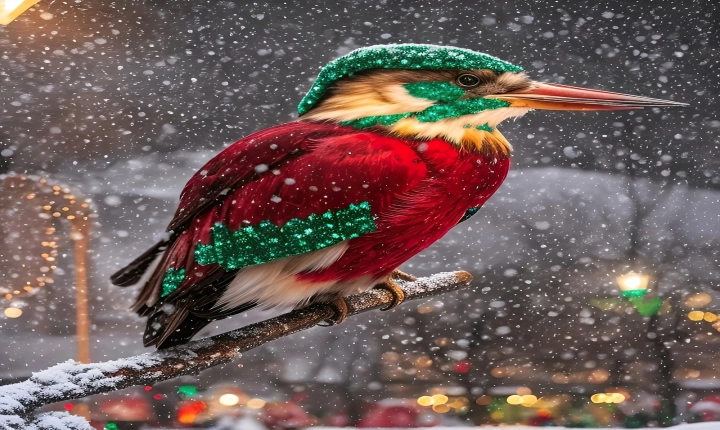Title: Can You Convert a PSD to AI? Understanding the Process and Benefits
Many designers and graphic artists often find themselves in a situation where a design that initially started as a PSD file needs to be converted to an AI format. The need for this arises when they want to work with vector graphics, collaborate with other designers, or when preparing designs for print production. If you have ever wondered whether it’s possible to convert a PSD file to an AI file, the answer is a resounding yes. This article will explore the process of converting a PSD to AI and the benefits of doing so.
Firstly, let’s understand what a PSD and AI file are. PSD is the native file format of Adobe Photoshop, and it is primarily used for raster graphics and photo editing. On the other hand, AI is the native file format of Adobe Illustrator, and it is used for creating and working with vector graphics.
Converting a PSD to AI involves several steps, and it’s essential to follow the right process to ensure a smooth transition. One common method is to open the PSD file in Adobe Illustrator and then manually recreate the elements as vector objects. This can be time-consuming, especially for complex designs, but it allows for a high level of control and accuracy in the conversion process.
Another method is to use automated conversion tools or third-party plugins that can convert PSD files to AI format. These tools typically handle the conversion process more quickly, but they may not always produce the most accurate results, particularly for designs with intricate details or complex layer structures.
Despite the potential challenges, converting a PSD to AI offers several benefits. One of the main advantages is the ability to work with vector graphics, which are infinitely scalable without losing quality. This is particularly important when preparing designs for print, as vector graphics ensure sharp and crisp output regardless of size.
Additionally, converting a PSD to AI allows for easier collaboration with other designers who use Adobe Illustrator. By working in the same file format, designers can seamlessly exchange and edit design files, streamlining the workflow and enhancing productivity.
Another benefit is the ability to take advantage of Illustrator’s advanced features for creating and editing vector graphics. This includes tools for precise drawing, manipulating anchor points, and applying complex transformations, all of which are essential for creating professional-quality designs.
Furthermore, by converting a PSD to AI, designers can future-proof their designs by ensuring they are in a format that can be easily edited and updated in the long run. Given that both Photoshop and Illustrator are industry-standard tools, having designs in AI format allows for greater flexibility and adaptability.
In conclusion, converting a PSD to AI is not only possible but also beneficial for designers looking to work with vector graphics, collaborate with other designers, and prepare designs for print production. While the process may require careful attention to detail, the advantages of working with vector graphics and leveraging Illustrator’s advanced features make the conversion worthwhile. Whether done manually or with the help of conversion tools, the ability to convert a PSD to AI opens up new possibilities for design workflows and ensures that designs are versatile and future-ready.
